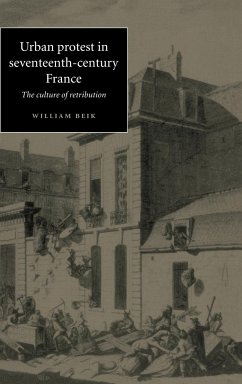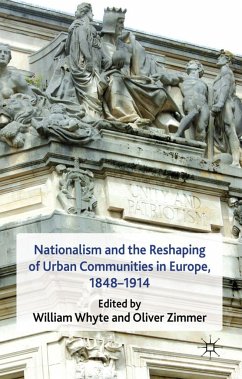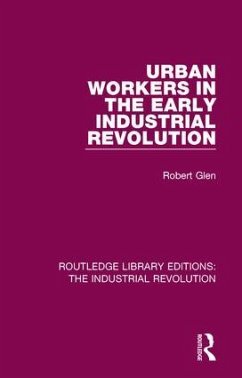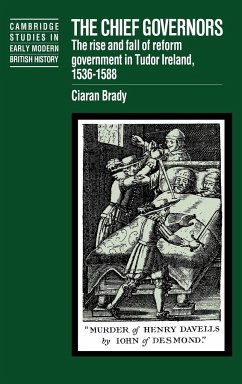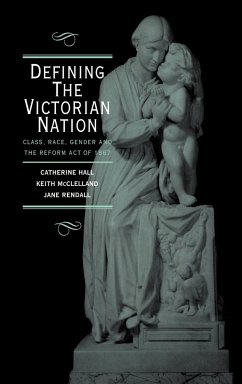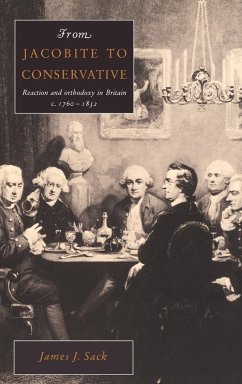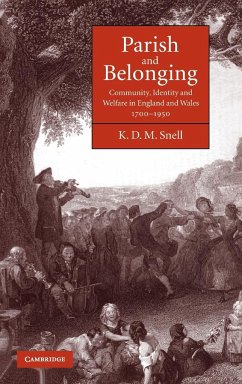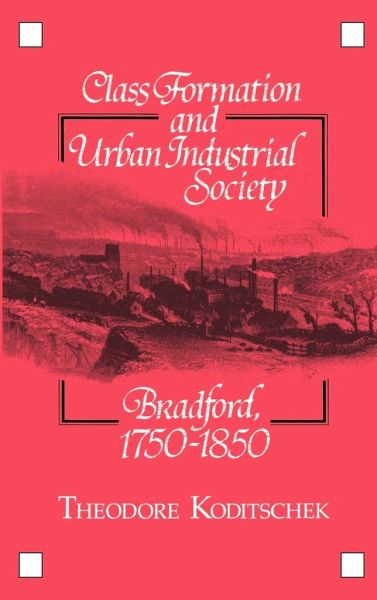
Class Formation and Urban Industrial Society
Bradford, 1750 1850

PAYBACK Punkte
71 °P sammeln!
An examination of the process by which a capitalist society emerged in Bradford. Bradford was a small market town of about 4000 inhabitants in 1750 and by 1850 it had become a major industrial city of 100,000, the international centre of worsted production and trade.Table of contents:Acknowledgments; List of abbreviations; Introduction; Part I. From Traditional Community to Industrial City: Bradford: 1750-1850: 1. Proindustrialization in Bradford: 1750-1810; 2. The crisis of the traditional community; 3. The urban-industrial revolution: 1810-1850; 4. The development of the capitalist city: 181...
An examination of the process by which a capitalist society emerged in Bradford. Bradford was a small market town of about 4000 inhabitants in 1750 and by 1850 it had become a major industrial city of 100,000, the international centre of worsted production and trade.
Table of contents:
Acknowledgments; List of abbreviations; Introduction; Part I. From Traditional Community to Industrial City: Bradford: 1750-1850: 1. Proindustrialization in Bradford: 1750-1810; 2. The crisis of the traditional community; 3. The urban-industrial revolution: 1810-1850; 4. The development of the capitalist city: 1810-1850; 5. The industrial city and the traditional elite; Part II. The Emergence of a Liberal Entrepreneurial Society and the Rise of an Urban-Industrial Bourgeoisie: 1825-1850: 6. The rising generation of urban entrepreneurs; 7. The making of the self-made man; 8. The life of the self-denying entrepreneur; 9. The promise of a liberal entrepreneurial society; 10. The culture of voluntarism: religious association; 11. The culture of voluntarism: secular association; 12. the politics of liberalism; Part III. The Crisis of Proletarianization and the Stabilization of the Urban-Industrial World: 1825-1850: 13. The process of proletarianization; 14. from self-reliance to public relief: the bourgeois response to working-class poverty; 15. Urban-industrial paternalism and the Tory radical revival; 16. The emergence of working-class culture and consciousness; 17. The challenge of Chartism; 18. The foundations of the mid-Victorian liberal consensus; Epilogue; Appendices; Index.
An examination of the process by which a capitalist society emerged in Bradford. Bradford was a small market town of about 4000 inhabitants in 1750 and by 1850 it had become a major industrial city of 100,000, the international centre of worsted production and trade.
An examination of the process by which a capitalist society emerged in Bradford.
Table of contents:
Acknowledgments; List of abbreviations; Introduction; Part I. From Traditional Community to Industrial City: Bradford: 1750-1850: 1. Proindustrialization in Bradford: 1750-1810; 2. The crisis of the traditional community; 3. The urban-industrial revolution: 1810-1850; 4. The development of the capitalist city: 1810-1850; 5. The industrial city and the traditional elite; Part II. The Emergence of a Liberal Entrepreneurial Society and the Rise of an Urban-Industrial Bourgeoisie: 1825-1850: 6. The rising generation of urban entrepreneurs; 7. The making of the self-made man; 8. The life of the self-denying entrepreneur; 9. The promise of a liberal entrepreneurial society; 10. The culture of voluntarism: religious association; 11. The culture of voluntarism: secular association; 12. the politics of liberalism; Part III. The Crisis of Proletarianization and the Stabilization of the Urban-Industrial World: 1825-1850: 13. The process of proletarianization; 14. from self-reliance to public relief: the bourgeois response to working-class poverty; 15. Urban-industrial paternalism and the Tory radical revival; 16. The emergence of working-class culture and consciousness; 17. The challenge of Chartism; 18. The foundations of the mid-Victorian liberal consensus; Epilogue; Appendices; Index.
An examination of the process by which a capitalist society emerged in Bradford. Bradford was a small market town of about 4000 inhabitants in 1750 and by 1850 it had become a major industrial city of 100,000, the international centre of worsted production and trade.
An examination of the process by which a capitalist society emerged in Bradford.





